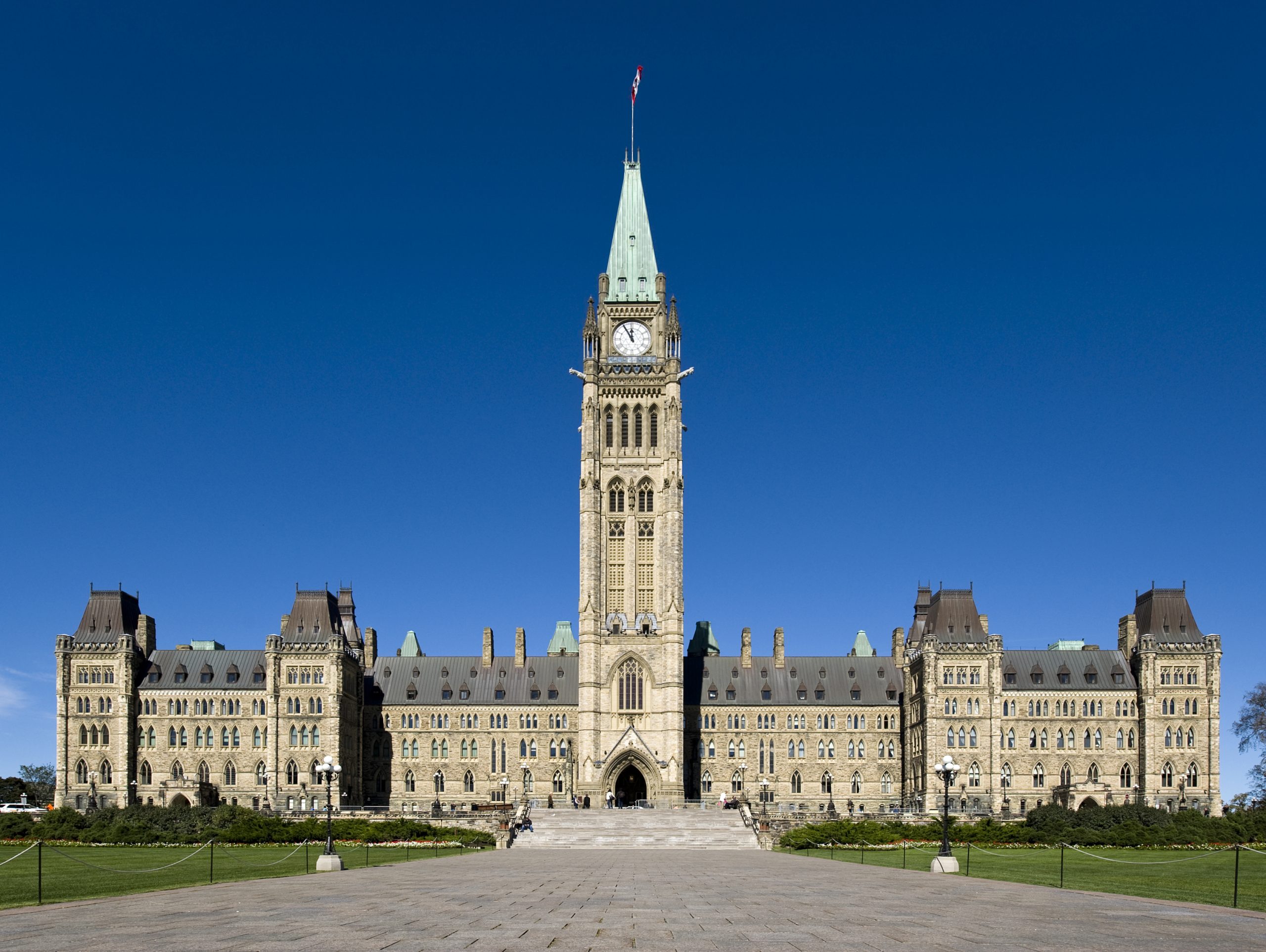Monday, October 21, 2002
Canada’s health care system, as everyone knows, suffers from a mysterious and debilitating condition known as “underfunding.” In adjectival form, it is said to be “underfunded.”
I have always been intrigued by this word: underfunding. Though everyone uses it, no one seems to know what it means. If underfunding is the problem, what is funding under? Under, compared to what?
Funding for health care, for example, is demonstrably “over” any previous amount recorded. It is “over” what most other countries spend on health care. Most experts think it is “over” the amount required to deliver the same level of services if resources were used efficiently. Yet still it is said to be “underfunded.”
The nearest I can get to a precise definition is that the government is spending less than the speaker thinks sufficient. And what level would be sufficient? Well, more than is spent now. Underfunding, in short, means funding at a level that is less than it would be if it were more than it is.
Apparently, the problem is rife, and not limited to health care. A glance at the newspapers reveals any number of public services in a similarly distressed condition. Universities, needless to say, are underfunded. The education system is “severely underfunded.” The military is “savagely underfunded.” The arts? Underfunded. So are native programs.
A study finds that underfunding of Ontario’s social services sector “has led to increased injuries, stress and health problems among workers.” The province’s legal aid system is underfunded. Its Ministry of the Environment is underfunded. Its child-care system is “on the brink of collapse because of chronic underfunding.”
And not just in Ontario. Nova Scotia’s public education system is said to be “among the most dilapidated and underfunded in the country.” Newfoundland’s health care system is grappling with “chronic underfunding,” while in Quebec, the problem is “substantial underfunding.” A program for children with autism in B.C. is underfunded. An independent audit finds that Calgary’s city parks are “chronically underfunded.” And all in the last two weeks!
East or West; Liberal, Tory or NDP; federal, provincial, or municipal: everything, everywhere, at every level of government, is underfunded.
Chronically.
And it’s only getting worse. Twenty-five years ago, the concept, or at least the word, was all but unknown. In 1978, The Globe and Mail (I cite this, not to pick on the Globe, but because its database goes back further than any other paper’s) mentioned “underfunding” or its derivatives just six times [see chart]. By the 1980s it was rating about 30 or 40 mentions a year, rising to more than 60 a year in the 1990s. On present form, it should put in a record 96 appearances before this year is out. Plainly we are in the midst of some sort of epidemic of austerity.
Yet when one looks at how much governments are actually spending, a very different picture emerges. Along with its Annual Financial Report, the federal government recently released updated historical tables for spending at all levels of government, drawn from Statistics Canada’s National Economic and Financial Accounts. They confirm that public spending, after a modest decline in the 1990s, has since returned to its previous heights. Indeed, total government spending on services to Canadians, not counting interest charges or transfers to foreigners, will this year set an all-time record. That’s after adjusting for inflation and population growth.
So: After nearly two decades of “neo-conservatism” (another term that eludes definition), governments at all levels are spending more real dollars on each citizen than ever before in our history. Yet complaints of underfunding are at an all-time high. In 1978, when governments spent a third less than they do now, no one spoke of underfunding. Now, they speak of nothing but.
Is it possible this is more than an ironic contradiction? Could it be that the one has caused the other? Look up references to “underfunding,” and a curious trend emerges. They are almost never made by the users of public services: parents, patients and so on. Rather, in almost every case it is their employees, or more particularly public sector union leaders, who use the term. The larger government grows, in other words, the greater the constituency it creates for it to grow still larger.
Which may explain another anomaly in the figures: For all the talk about tax cuts and the “starvation” of public services, in 2001, governments collected 40.6% of everything that was produced in Canada. That’s not quite a record: the year before, the figure was 40.9%. Yet I can find only two references in this year’s Globe to Canadians being “overtaxed.”
(c) Copyright 2002 National Post


